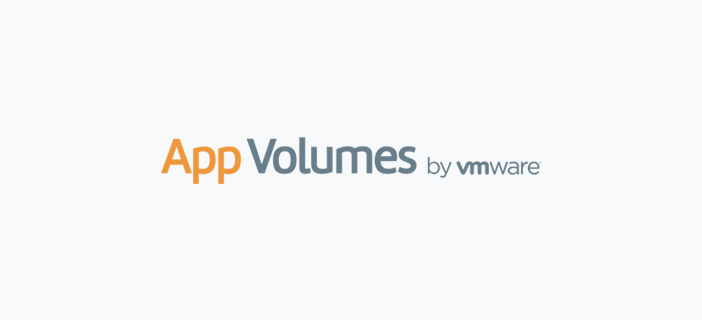Application Virtualization
Application delivery plays a very crucial role in successful deployment of Virtual Desktop Infrastructure. Most of the time organizations underestimate the number of applications used by end users and number of desktop configuration variant required based on use cases.
To expedite VDI POC, sometimes organizations choose to build apps in windows images only. This approach works better if we have low application volumes, infrequent application patches and updates and less number of desktop image variant irrespective of number of departments in the organization.
Approach of building applications within windows images might fails and will be very much time consuming, if we have a larger volume of applications, frequent application updates and large number of desktop images variant (based on number of departments). You might need to consider different approach for application deployment.
Another approach of application deployment can be to virtualize applications using tools like Microsoft App-V, VMware Thinapp. Using application virtualization applications can be delivered and updated independent of your windows image. Application virtualization packages applications in a protective bubbles and is very for running multiple version of same software on the same desktop. Application Virtualization tools like Microsoft App-V and VMware ThinApp are excellent for isolating applications.
Limitation of Application Virtualization
Before deciding whether to deploy application using application virtualization, few important points need to be considered.
- Application packaging with isolation technology need significant time for desktop setup, pre-scans, post-scans, scripting, Windows registry changes and deployment.
- Applications with system services, boot time drivers (e.g. antivirus, printers, scanners, etc.), home grown applications and applications that requires complex setup procedures cannot be virtualized using application virtualization tools.
- Applications that require data sharing with other applications, link to each other, and cross-communication won’t work as expected if deployed using Application Virtualization technologies.
Introduction to Application Layering
Application virtualization technologies work well to virtualization the applications that are incompatible with the host OS or other apps. For applications which need to communicate with device and kernel drivers, plug-ins or other applications Application Layering technology can be leveraged to virtualize the applications.
Application layering technology delivers virtual applications that run in layers separate from virtual desktop, but interact with the operating system and other apps if they are installed natively on the base image. Using Application layering Microsoft virtual hard disk (VHD) or VMware virtual machine disk (VMDK) can be created having the layered applications. These VHD and VMDK can be located on a network file share and made accessible to the users. App layering tools use filters depending on users, groups or locations to determine which layer to make available to each user.
Few Application layering tools available are Citrix AppDisk, VMware App Volume, Liquidware Labs, FlexApp from Unidesk.
Few of my earlier post covers the detailed steps for
- Capturing Application using VMware App Volume,
- Configuring VMware App Volume 3.0
- How you can backup your applications.
I hope this is informative for you. Thanks for Reading!!. Be social and share it in social media, if you feel worth sharing it. Happy Learning 🙂
